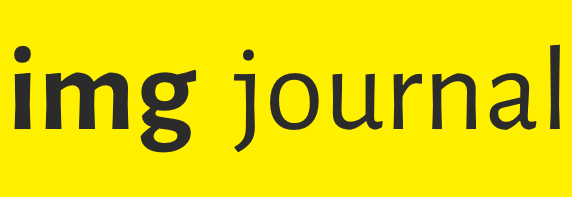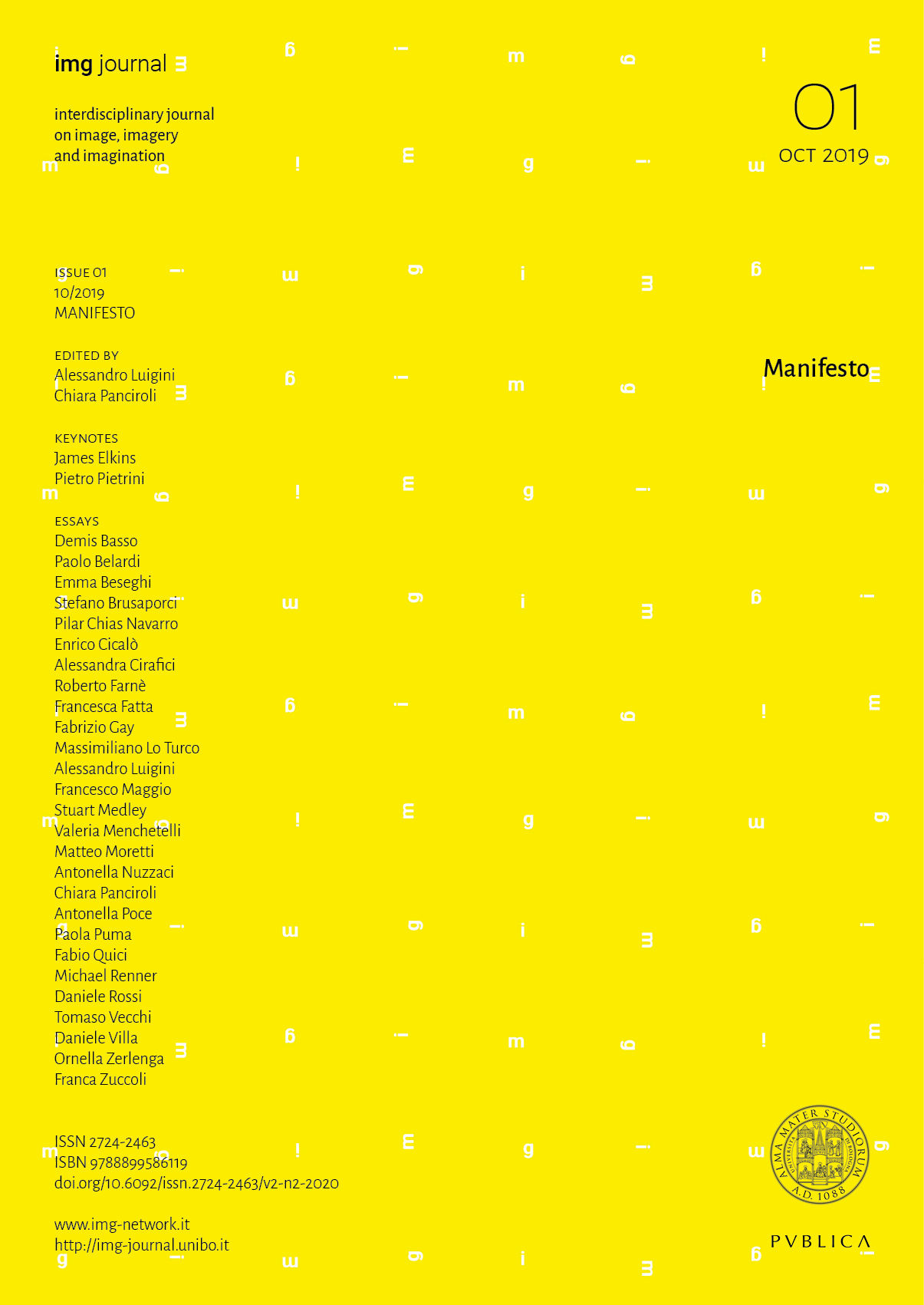Brain, images and imagination: how the brain represents the world
DOI:
https://doi.org/10.6092/issn.2724-2463/11054Keywords:
imaging brain anatomy, supramodality, visual imagery, conceptual representation, aggressivityAbstract
The present work aims to describe the main results obtained from the neuroimaging studies on the study of those cognitive processes related to imaging and imagination. A brief excursus on the development of modern neuroimaging techniques presents the methodological background of the many studies. The relationship between sight, blindness and conceptual representation is explored. Research has shown that the ventro-temporal cortex is responsible for recognizing the surrounding environment, to distinguish an object from a face and, in general, objects’ categorization. This area is responsible of imagery in both sighted and blind people, being its morpho-functional organization independent of the visual experience. It follows that a very precise classification of all categories of objects could be obtained in the human brain, and it is supported by a distributed cortical representation independent from the sensorial modality. The last part of the paper presents a series of studies, in which the study of imagery was related to aggressivity. The prefrontal cortex is deactivated when an individual imagines himself becoming aggressive, being this effect more relevant in females than in males. As a conclusion, the neuroscientific approach produced important results in the definition of what imagery is, and showed its relevance to the study of how mind and brain work.Downloads
Published
2019-10-31
How to Cite
Pietrini, P. (2019). Brain, images and imagination: how the brain represents the world. Img Journal, 1(1), 34–49. https://doi.org/10.6092/issn.2724-2463/11054
Issue
Section
Keynote
License
Copyright (c) 2019 Pietro Pietrini
Unless otherwise stated, the copyrights of all the texts on this journal belong to the respective authors without restrictions.
This journal is licensed under a Creative Commons Attribution 4.0 International License (full legal code).
See also our Open Access Policy.






